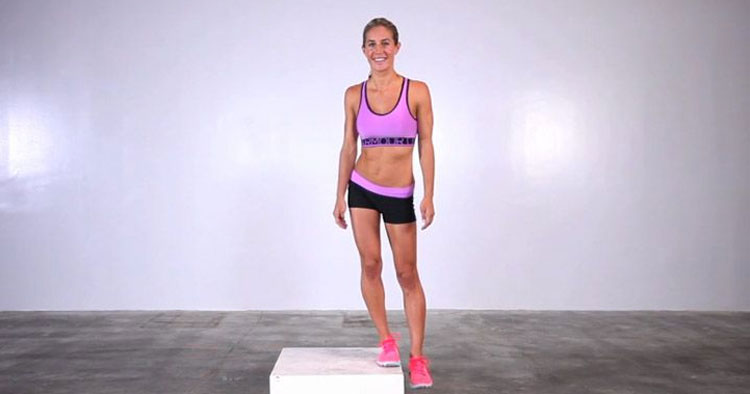Injury Rehabilitation and Training, Sports Injuries and Management
Home Exercises For Trendelenburg Gait
Isolation And Activation Before Function
A simple approach with exercises for Trendelenburg gait is to start addressing the issue with isolated strengthening exercises. This can help enable the individual to be aware of the muscles they are wanting to engage. Once muscle activation can be isolated in a controlled environment then knowing where and what activation of the muscle should feel like, then the next stage can be to move to helping improve the motor control of the hip abductors in more functional and eventually sports specific situations. Every physiotherapist will have their own way of approaching exercises for Trendelenburg gait. Personally I prefer to start with both open and closed kinetic chain isolation exercises to develop awareness of the muscles and what contraction of the muscles should feel like and then aim to incorporate this muscle contraction into progressively more and more challenging functional activities, all the way up to return to play in their chosen sports and activities. However the exact approach obviously depends on specific individual needs.
Isolated Exercises For Trendelenburg Gait
- Clams: A “clam” is a side lying strengthening exercises where the hips and knees are bent in a degree of flexion and the top knee is lifted off the resting side. Repetition numbers, hold times and resistance bands can be easily added to progress the loading and make it more challenging for the stronger individuals. This is a great exercise for helping feel gluteal activation.
- Side Lying Hip Abduction: Similar to “clams” this exercises is a good isolation exercise for developing an appreciation for gluteal activation. Again resistance and repetitions can be added and adjusted accordingly depending on individual strength levels.
- Bridges: Bridges are a great closed kinetic chain exercise where the starting position is lying on your back with knees bent and feet on the floor. The finishing position is to lift the bottom up off the floor and hold a lengthened level trunk position, creating a bridge to the area underneath your thighs, bottom and lower spine. A bridge exercise can be progressed to include single leg bridge variations. Single leg bridge exercises work well as exercises for Trendelenburg gait by increasing the necessity for additional core control, hip abductor and hip extensor strength on the loaded side, when the bottom is lifted and held off the floor maintaining a level pelvis level.
- Side Planks: Side planks and side planks with added hip abduction or trunk rotation are other great exercises for Trendelenburg gait and help to build strength in hip abductors and other muscles crucial to functional pelvis stabilization.
Functional Exercises For Trendelenburg Gait
Functionally, exercises performed in standing are progressions on the above isolated exercises and are appropriate for working on improving motor control and correcting Trendelenburg gait.
- A simple “hip drop” exercise (as pictured) is an isolated closed kinetic chain exercise in standing and is a great starting point for standing exercises for Trendelenburg gait.
- From the “hip drop” exercise, moving onto single leg squats and the multiple variations of single leg squats available are fantastic progressions for hip stability strengthening and motor control improvement.
Single leg squats can be with or without the addition of hand support (for the less stable) or the inclusion of unstable surfaces (in an attempt to mimic the instability experienced during life and sport, for the more trained). As previously mentioned, using a mirror to give feedback to help perform the exercises with optimal form is ideal when starting out, or, until you are subconsciously self correcting and exhibit good pelvic control. - Other exercises for Trendelenburg gait employed by physios may include functional closed-chain exercises such as, lateral step-ups and functional single leg balance exercises. Remembering it is always important to strengthen the rest of the hip muscles too not just focusing on the gluteus medius and minimus.
Disclaimer: Sydney Physio Clinic provides this information as an educational service and is not intended to serve as medical advice. Anyone seeking specific advice or assistance on Home Exercises For Trendelenburg Gait should consult his or her personal trainer, physiotherapist, general practitioner or other appropriately skilled practitioner.


